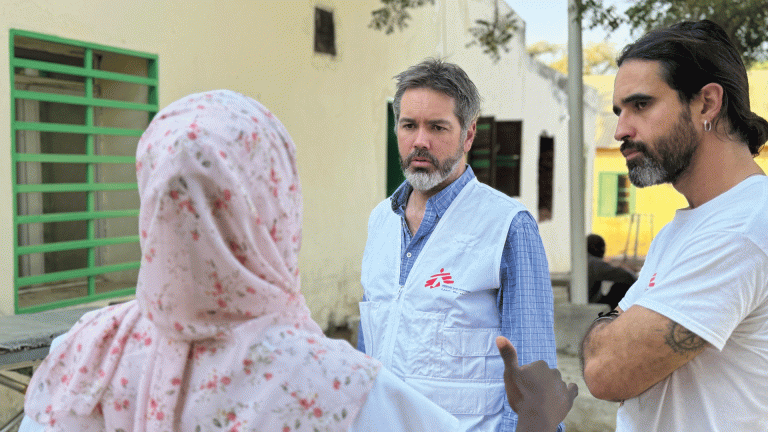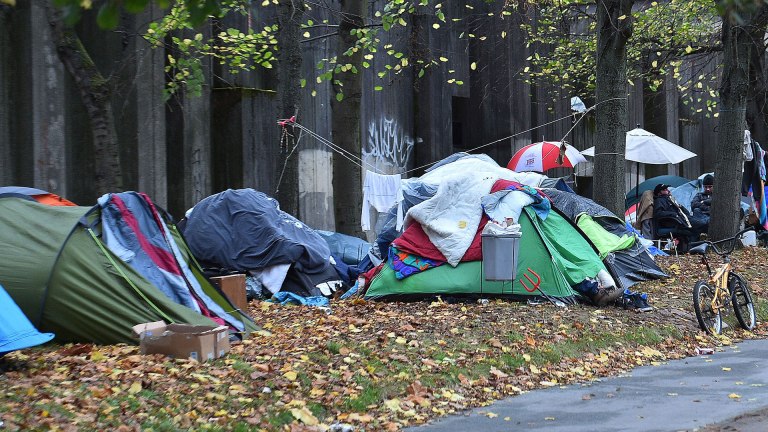But there is “one floating glimmer of good news”, according to Johnson. Rough sleeping figures are down.
In fact, he says, “the number of rough sleepers has come down a bit on the figures of the last eight years, it’s lower than any time in the last eight years”.
It’s a big claim, but is the Prime Minister speaking the truth?
Facts. Checked
No. It is not true.
Official rough sleeping figures did show a fall in rough sleeping in the last available statistics, for 2018. But that was the first drop in an eight-year period during which the number of rough sleepers has skyrocketed by 165 per cent under the Conservatives.
The total number of rough sleepers counted in England in autumn 2018 was 4,677. This was put together by combining local authority counts taken in a single night or an estimate based on outreach teams’ local information.
Advertising helps fund Big Issue’s mission to end poverty
But Johnson’s assertion that this was lower than the figure seen eight years ago is completely wrong.
In 2010, 1,768 people were counted as sleeping on the streets – 2,909 fewer than in 2018. However, the Prime Minister was correct, of sorts, in saying that there had been a “floating glimmer of good news” with figures down two per cent or 74 people from the 2017 total of 4,751.
This isn’t the first time that senior Conservatives have ‘misremembered’ rough sleeping figures. Chancellor Sajid Javid – a man who really should be up on his figures with his first Budget on the horizon – was at it in December. In a Sky News interview, Javid said that the number of homeless people peaked in 2008 when Labour were in charge in Westminster before claiming that the Conservatives had halved the number of people in statutory homelessness.
The UK Statistics Authority cleared this up, saying that “statutory homelessness figures peaked in 2003 before falling to a low of 42,000 households in 2009. This then accelerated to 58,000 households at last count in 2017”. Javid “misremembered” that, apparently.
As for Wales, their two-week count in October 2018 found 347 people sleeping rough – up one per cent on 2017. Things work differently in Scotland – they don’t use the same headcount method but Crisis’s Homelessness Monitor 2019 report estimates that levels have remained stable between 650 and 800 people sleeping out every night since 2011.
Homelessness is notoriously difficult to count effectively – many homeless people are hidden from view and can be missed on a single-night count and that has meant that the Ministry of Housing, Community and Local Government (MHCLG) figures are often questioned by homelessness organisations and charities.
Advertising helps fund Big Issue’s mission to end poverty
But that is no excuse for comments like Johnson’s – which were also picked apart by the Mirror Online.
Social media videos like this swerve the scrutiny of the media and other commentators to get across the message politicians want to convey. Take them with a pinch of salt.
Image: Miles Cole









